A crash course in fabric, fibers, and their use and care.
Selecting the right fabric
When deciding the type of fabric, you may want to consider the following;
- The type of garment you wish to sew (sports wear, athletic apparel, evening wear, etc.)
- The way the fabric feels. Is it comfortable? Would you want to wear it?
- Do you like the weight of the fabric? Is it too heavy? Is it too light?
- What will it take to launder this fabric? Is it easy care? Wash and wear? Dry clean only?
- Is the fabric durable?
Understanding fibers
Fibers come in all sorts of shapes and sizes. Most natural fibers (with the exception of silk) staple fibers. This means they are shorter. These shorter fibers are twisted together to create a yarn. Yarns then create a textile. Synthetic fibers are often filaments, meaning they are extruded and can be any length desired. Sometimes, synthetic fibers are cut to mimic staple fibers, giving the appearance of natural fiber. Generally, fibers break down into the following four categories;
Natural Cotton, silk, linen (flax), hemp, leather, wool, and luxury fibers such as alpaca, angora, etc.
Natural fibers are my favorite fibers because they are natural! Natural fibers are easily dyed, making them fun for home projects. Some natural fibers, like cotton, breathe and launder well, making them great for everyday wear. However, other natural fibers require dry cleaning, such as luxury fibers. In addition, natural fibers tend to quickly shrink, fade, wrinkle, and warp.
Regenerated Acrylic, Acetate, and Rayon (and many more)
Regenerated fibers are manufactured fibers from plant or protein-based materials. Common materials used to create regenerated fibers are corn, soy, casein, and wood pulp. They are made by chemically inducing a transformation of a natural polymer, thus yielding a regenerated fiber. Cellulose fibers are often created to have desirable qualities, such as drape and durability.
Synthetic Polyester, Spandex, Nylon (and hundreds more)
Synthetic fibers are produced entirely from chemicals. Frequently, synthetic fibers are strong, elastic, and lustrous. However, synthetics can be created to have a variety of characteristics. For example, the waterproof fabrics used to make a raincoat. These types of fibers are generally easy to care for and are durable.
Blends Poly/Cotton, Spandex / Cotton
Blends are created when two or more fibers are spun to create a finished textile with desirable qualities. For example, a Poly/Cotton blend washes, wears, and breathes nicely. It also doesn’t wrinkle as much as 100% cotton. In addition, blends often capitalize on the pros of each fiber.
Fabric Types
Woven A woven fabric is made on a loom. Woven’s consist of lengthwise yarns, known as the warp. And crosswise yarns, known as the weft. The fabric's warp is the strongest and the weft, or the filler, is the weakest. Despite this, woven fabrics are very stable. However, the material tends to give a little when a woven is cut on the bias or diagonal.
Knits are created by intertwining a series of loops and crosswise stitches, or ribs and courses. Knits have variable amounts of stretch, making them extremely comfortable.
Woven fabrics require more built-in shaping than knits. However, both fabrics are equally desirable depending upon the garment type.
Lengthwise grain (straight of grain) The lengthwise grain of the fabric is parallel to the selvage edge of the fabric. The selvage is also known as the warp. Selvage edges are woven tightly.
Crosswise grain (cross grain) The crosswise grain is perpendicular to the lengthwise grain or selvage edge. Cross grain are also known as the weft.
Bias The bias is when the fabric is folded at a 45° angle. Bias cut garments have more stretch and have a graceful drape.
Selvage The narrow, firmly woven, finished bit on the end, or crosswise edges of a woven. The selvages will not fray unless cut.

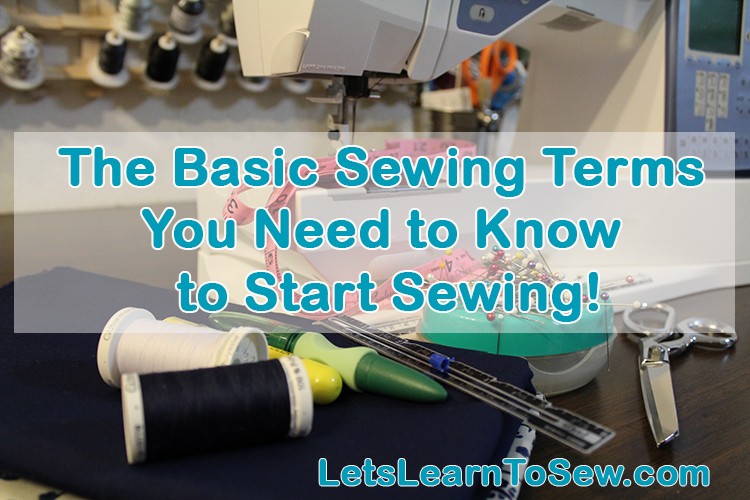
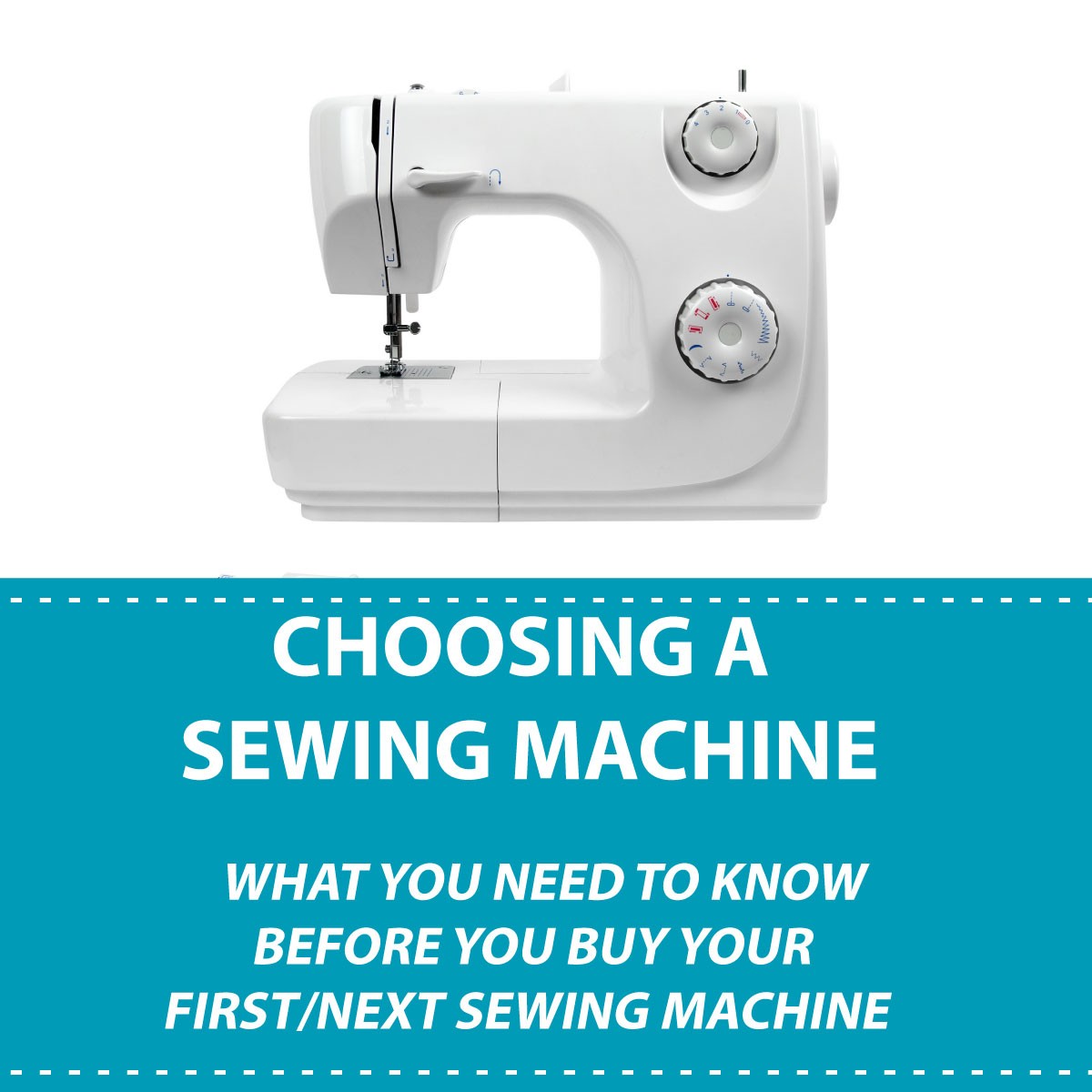

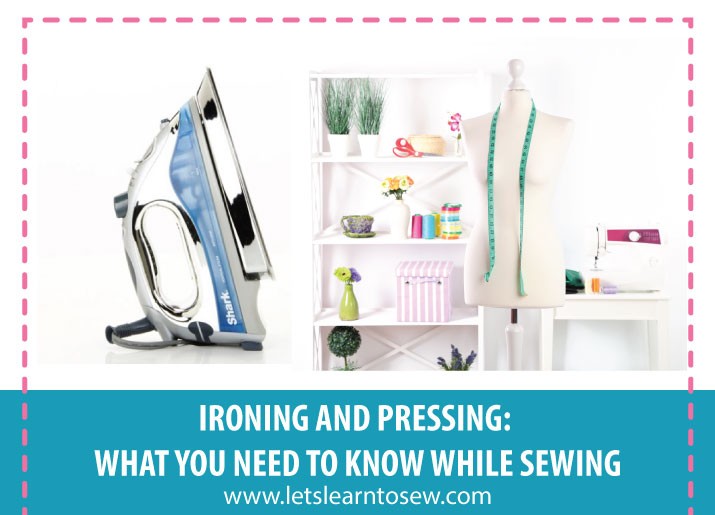
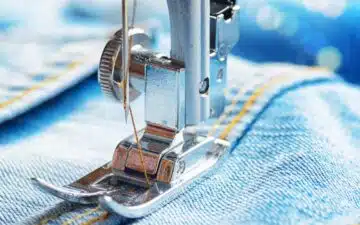
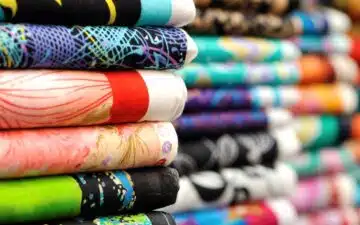
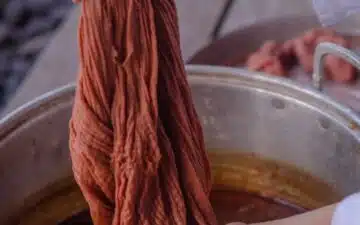
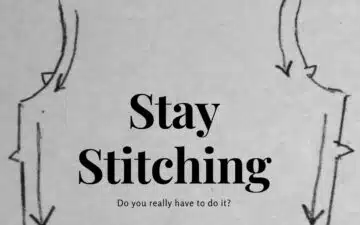
Leave a Reply